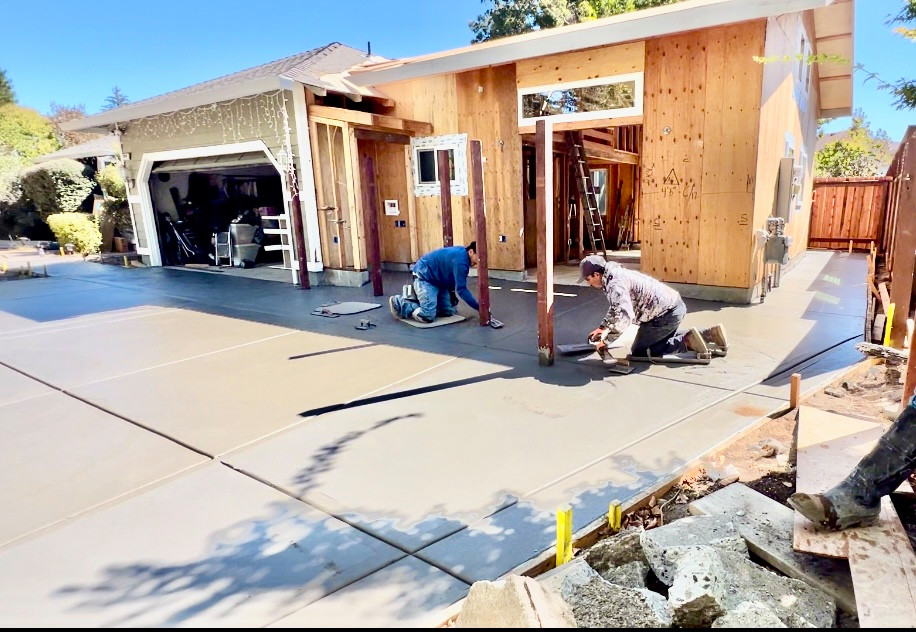"ADU Building Codes and Zoning Laws: How to Ensure Compliance and Avoid Delays"

Are you planning to build an Accessory Dwelling Unit (ADU) in California?
It's important to understand the building codes and zoning laws to avoid delays and ensure compliance. ADUs have gained popularity as a solution for housing shortages and urban density. In this article, we will explore key considerations for ADU construction in California, providing valuable tips to navigate the regulatory landscape effectively.
Understanding ADU Building Codes in California:
Compliance with building codes is crucial when constructing an ADU in California. Building codes regulate the design, construction, and maintenance of structures. Familiarize yourself with ADU-specific building codes that vary across municipalities. To stay updated, consult the local building department or planning office.
Key building code requirements for ADUs in California:
- Size and Height Restrictions: California has regulations on ADU size, square footage, and height. Ensure compliance with these limitations during the design phase, aligning with the California Building Code.
- Safety Standards: ADUs in California must meet strict safety standards, including structural integrity, electrical systems, plumbing, ventilation, and fire safety measures. Engaging licensed professionals familiar with California's building codes ensures compliance and occupant safety.
- Energy Efficiency: Energy efficiency is emphasized in California's construction. ADUs need to comply with energy efficiency standards outlined in the California Energy Code. Consider incorporating energy-efficient features to meet compliance requirements and contribute to sustainability.
Navigating Zoning Laws in California:
Zoning laws dictate land use and allowable structures. Understanding zoning laws is essential for ADU construction feasibility in California.
Tips to navigate zoning laws in California:
- Research Local Regulations: Thoroughly research zoning laws specific to your California property, including permitted uses and additional ADU requirements. Some cities and counties have ADU-friendly ordinances, streamlining the approval process.
- Check for Variances: Overcoming zoning restrictions may require variances or special permits. Familiarize yourself with the process and requirements for obtaining variances in your municipality. Seek pre-approval or consult with the local planning department for guidance.
- Engage Professionals: Collaborate with experienced professionals in ADU construction in California, such as architects, contractors, and designers. They possess knowledge of local codes and laws, ensuring compliance and efficient design.
- Stay Updated and Involve the Community: Keep up with regulatory changes that may impact your ADU project. Community engagement is required in some municipalities for ADU permits. Engage with neighbors, attend meetings, and address concerns, facilitating the approval process.
By understanding and complying with California's building codes and zoning laws, you can streamline the ADU construction process. Stay proactive, seek expert advice, and adapt to regulatory changes to ensure a successful ADU project in California.
